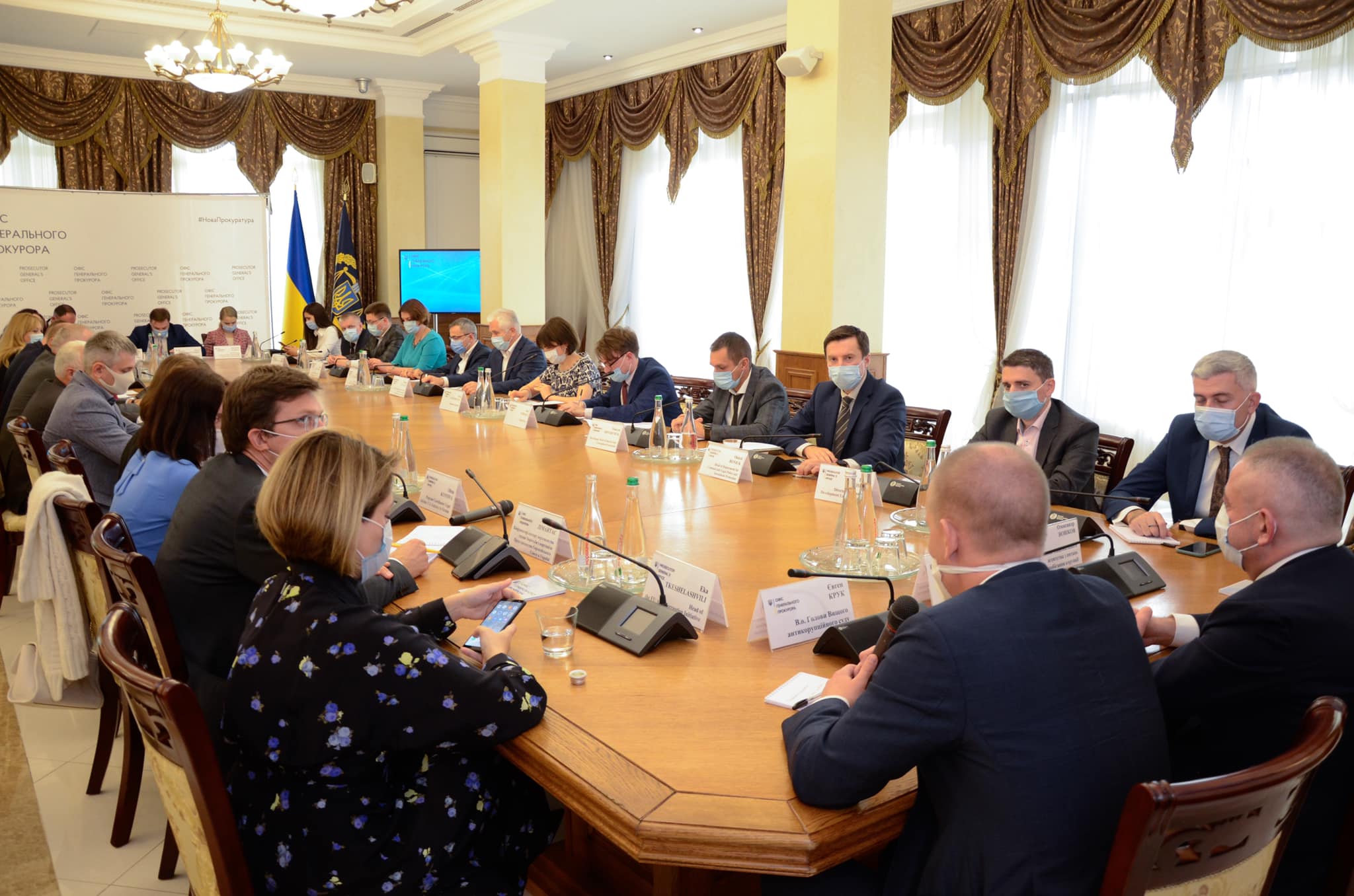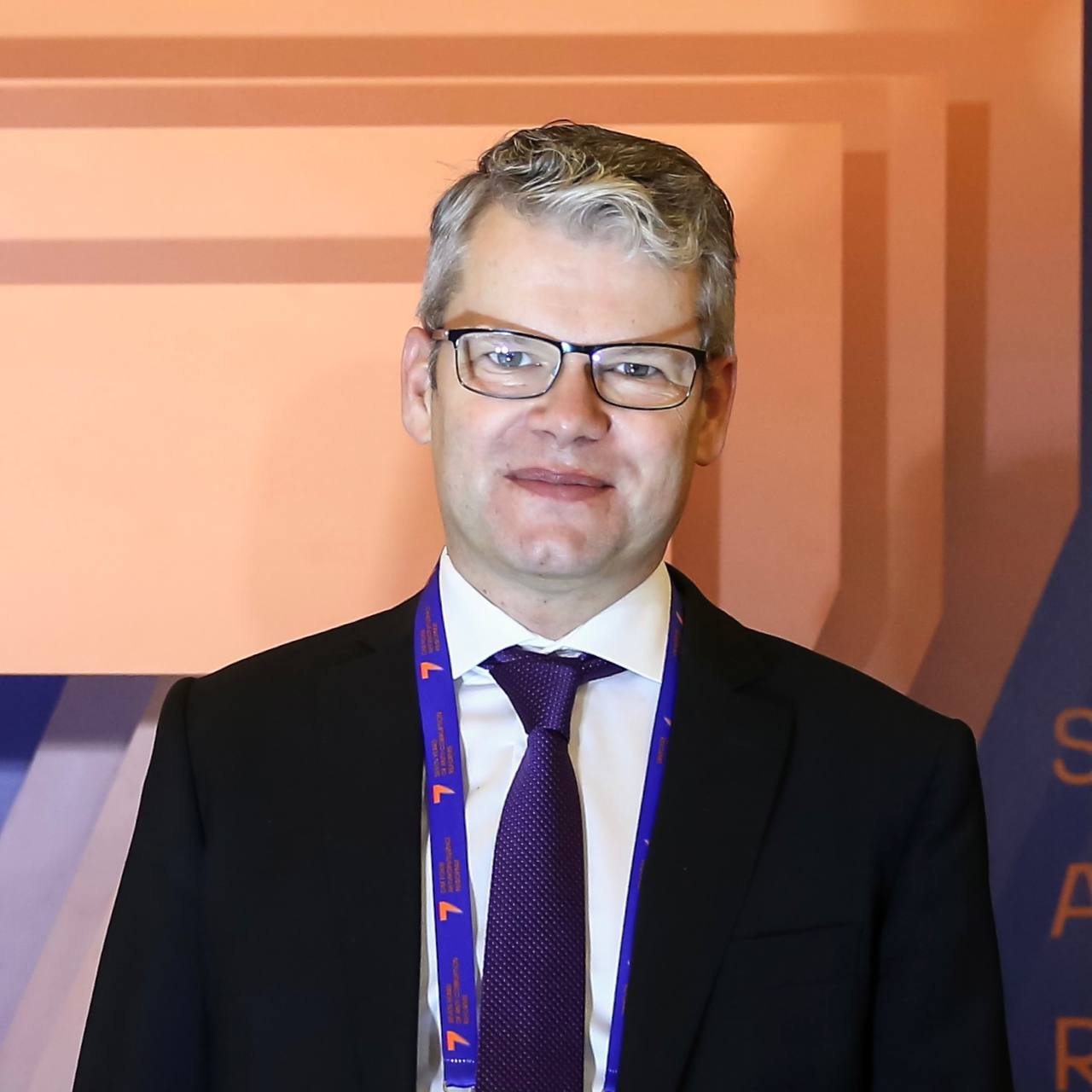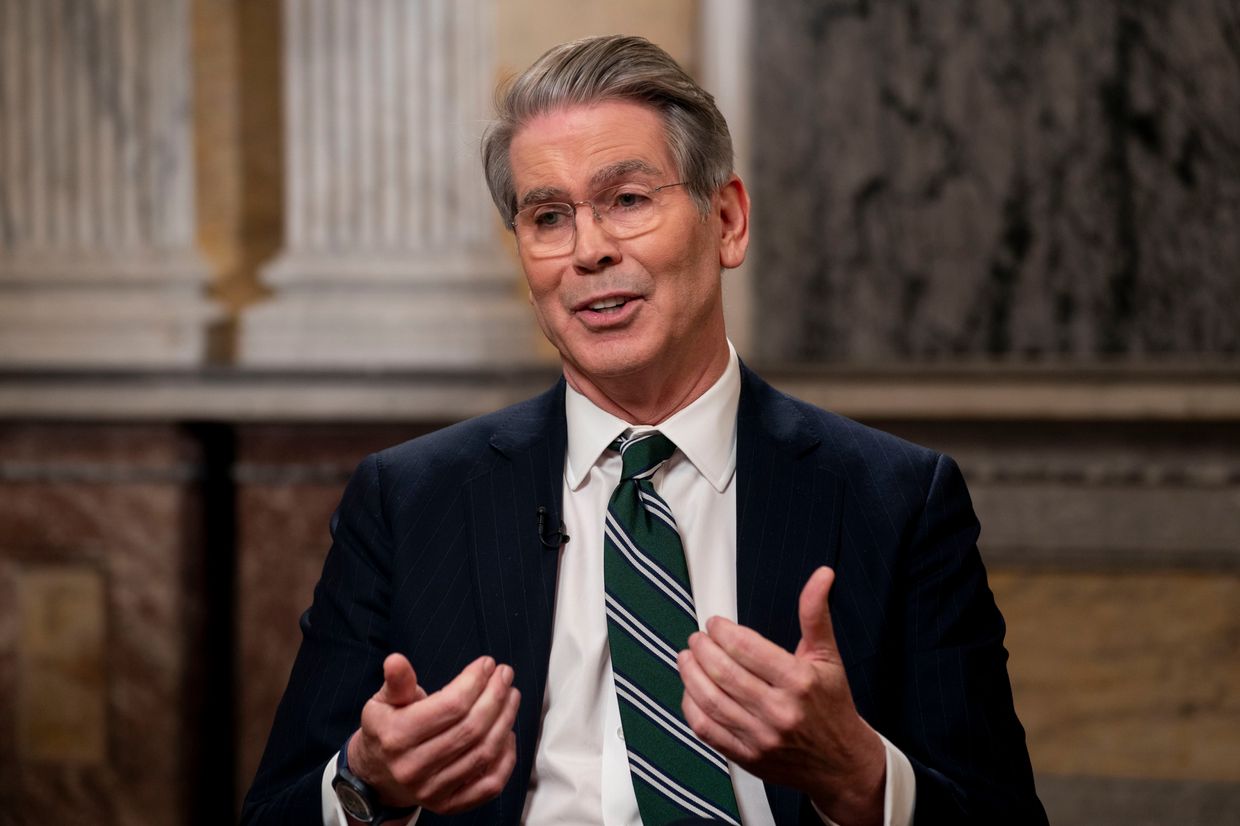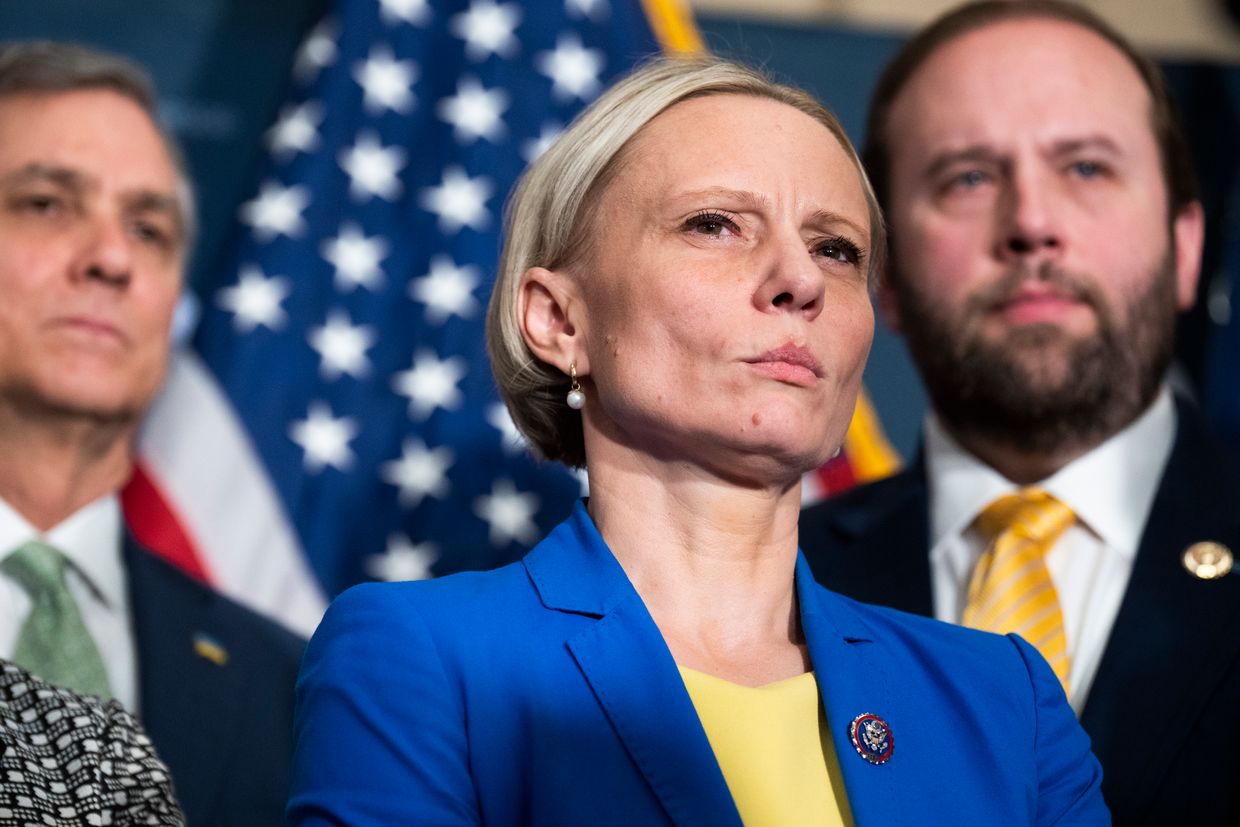Editor’s Note: The opinions expressed in the op-ed section are those of the authors.
One expert recently described anti-corruption institutions in Ukraine as an isolated island in a hostile sea. I believe this is an appropriate illustration. And without addressing the hostile sea, the anti-corruption institutions will never be sure of the success of their work. However, we can safeguard the island, build breakwaters and keep it from being engulfed by the waves while other reforms will have to confront the sea’s hostility.
Unfortunately, anti-corruption institutions cannot build those breakwaters on their own. This task requires systematic work and cooperation of multiple actors, including civil society, investigative journalists, business community, municipalities and local communities. The European Union Anti-Corruption Initiative in Ukraine (the EUACI) is working with all of these actors on the national level and in five partner cities – the so-called “integrity cities” (Mariupol, Nikopol, Chervonohrad, Zhytomyr and Chernivtsi). Together, these partners constitute our holistic approach to supporting the fight against corruption and often we see synergies between our many engagements. They are all key in making this fight effective.
The High Anti-Corruption Court completed the anti-corruption infrastructure of Ukraine, but still work has to be done.
The pillar in the fight against high-level corruption is the national anti-corruption institutions in charge of investigation (NABU), support for public prosecution in court (SAPO) and adjudication of cases (HACC). While the establishment of NABU and SAPO launched an anti-corruption reform, it was not enough to bring high-level corrupt officials to justice. Cases effectively processed by NABU and SAPO would pile up in general courts. Without objective reasons, many of them would be considered for years. And then nothing happened.
The establishment of an independent High Anti-Corruption Court (HACC) in 2019 has changed the dynamics. Now the High Anti-Corruption Court is delivering. Cases are being adjudicated, and some high-level officials end up behind bars: judges, prosecutors, and heads of state-owned enterprises. The work of NABU, SAPO and HACC has proved that no one has a guarantee of impunity. That was unthinkable just a few years ago. At the same time, HACC is setting new standards of justice quality, with impartiality and real competitiveness of court proceedings.
The EUACI was strongly engaged in establishing the court from the very beginning. We provided professional expertise and technical assistance in the areas of management, IT, security, infrastructure, institutional development and strategic communications. We supported the selection process of judges that was carried out in full transparency, based on merit and effectively assisted by international experts.
While the anti-corruption infrastructure is in place, a number of challenges are still to be addressed.
Currently, the selection of new heads of anti-corruption institutions is a particular challenge. The selection processes must be transparent and merit-based in order to ensure professional and independent leadership. In the end, the independence of the anti-corruption institutions is at stake. SAPO has been working without a permanent Head for more than 15 months despite many calls from the international community and civil society organizations to finalize the selection process of the new head. Observers note that this selection process has not lived up to the principles mentioned above. The process of selecting a new NABU will be launched in January 2022. Here the legislative framework is much stronger and involves experts nominated by Ukraine’s international partners in the selection process. The EUACI is facilitating these selection processes with the aim of enhancing transparency and ensuring a merit-based selection.
Ukraine needs a national Anti-corruption strategy that could provide guidance to all partners committed to the fight against corruption.
Preventing corruption is not less important than going after the corrupt officials. We provide support and expertise to the National Agency on Corruption Prevention (NACP) that was successfully rebooted in the end of 2019. One of the key functions of NACP is the development of Ukraine’s anti-corruption policies. A solid draft of the National Anti-Corruption Strategy 2021-2025 was promptly developed by the NACP in 2020 and now we are waiting for it to be adopted by the Parliament. It has been a very long process – too long.
It's an ambitious strategy with a potential to create a new momentum in preventing and combatting corruption. It will focus on those sectors that are deemed most prone to corruption (including healthcare, the judiciary, the public sector, tax and customs and political party financing), it will create user-friendly alternatives to corrupt practices, improve legislation and regulation and seek to promote a culture in which corruption is not tolerated. It aims at making the system of combatting top-level corruption even more efficient. We at the EUACI are looking forward to supporting the implementation of this important strategy.
Awareness-raising is necessary to achieve results in fighting corruption.
For many Ukrainians, it might seem as if corruption is taking place far from everyday life behind closed doors of state offices. But in fact, corruption affects the lives of all Ukrainians, and its impact is visible for everyone: illegal construction or parking, deforestation, which causes environmental disasters, abandoned railways and so on.
Sometimes one needs to use alternative means to create awareness. The EUACI organized an exhibition “Corruptionism” that was recently shown at the National Art Museum of Ukraine. We selected 5 classical works of Ukrainian artists of the 19th and early 20th centuries and then adapted them to today’s corrupt practices. It has quite a thought-provoking effect when a beautiful landscape is suddenly replaced with an illegal construction or a peaceful setting of a mother and her child in the countryside becomes part of a busy parking ground.
The Corruptionism project is a way to draw the attention of thousands of people to the topic of corruption using art as a communication means and inspire them to stand up against corruption. Because fighting corruption in Ukraine requires an effort of every citizen and demands that corruption is not to be tolerated at any level.
For many Ukrainians, the endemic corruption was one of the reasons behind the EuroMaidan Revolution in 2013 – 2014. Certainly, Ukraine has achieved remarkable progress since those days. However, there is much more yet to be done. The EUACI is proud to support Ukraine on its way to becoming a Zero-Corruption State.













